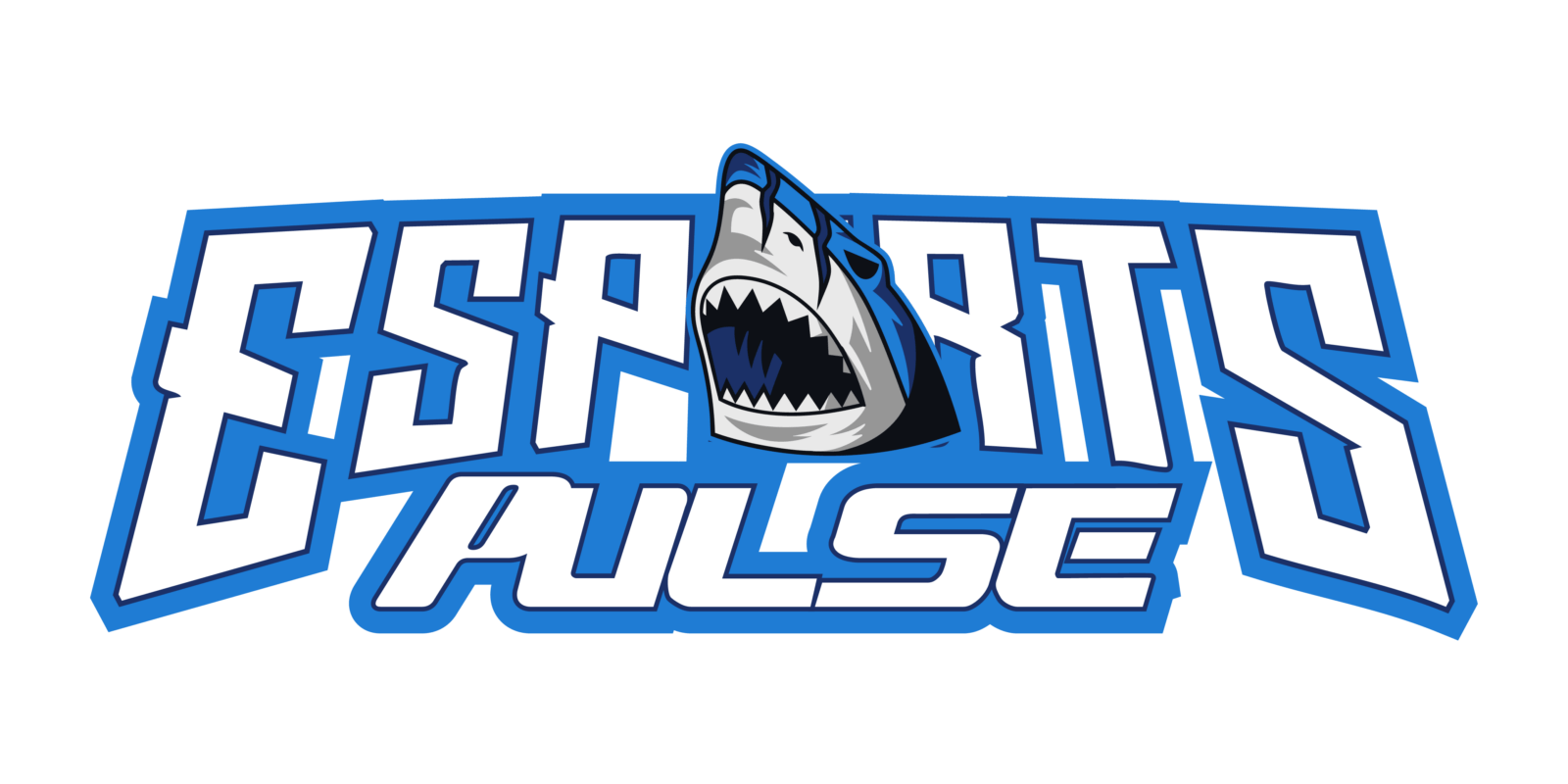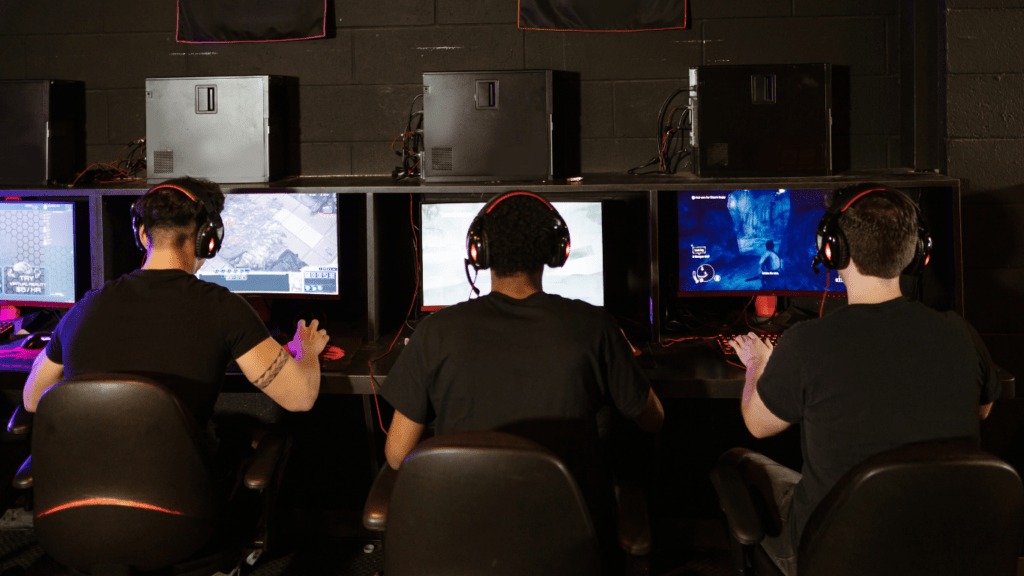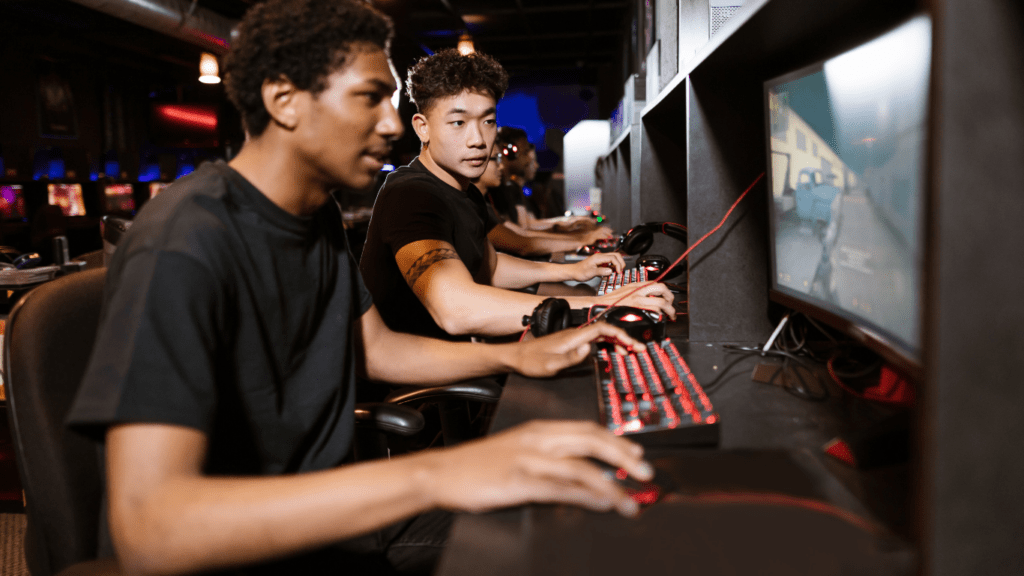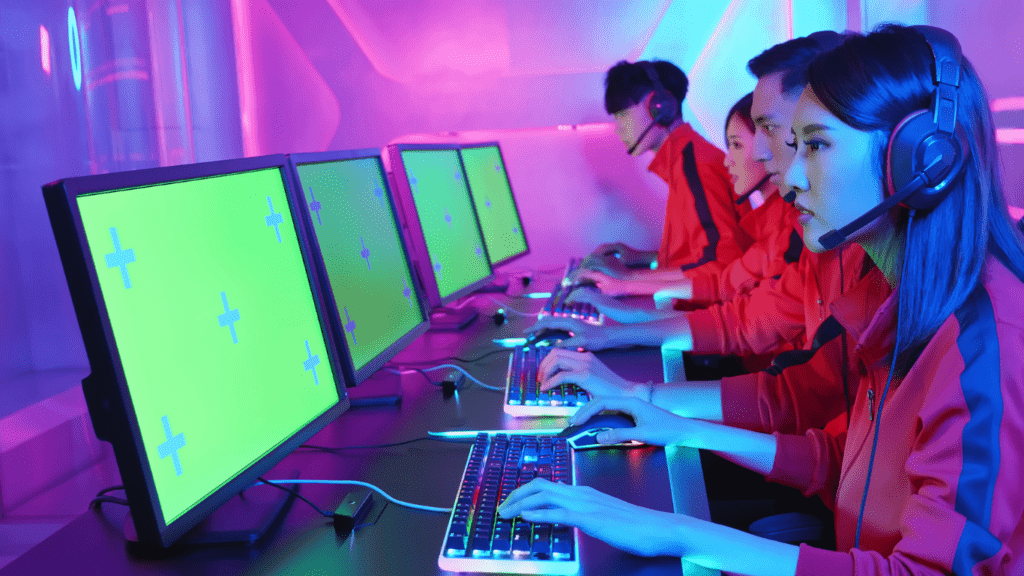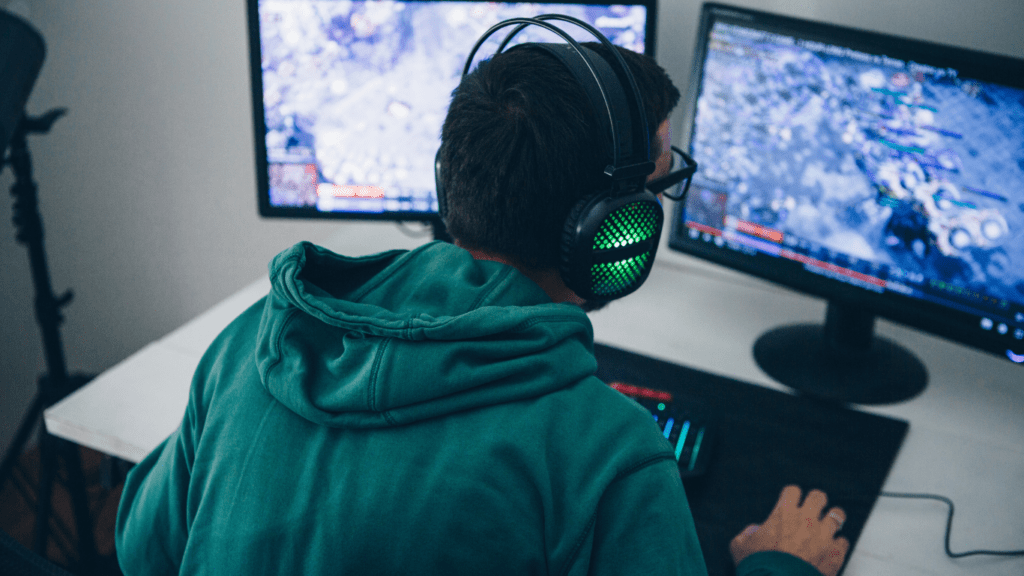Ever feel like you’ve hit a wall in your gameplay, no matter how much you practice? I’ve been there too, and the truth is, improvement isn’t just about playing more—it’s about playing smarter. The key to leveling up lies in analyzing your gameplay like the pros do, breaking down every move to uncover what’s working and what’s holding you back.
The Importance Of Analyzing Your Gameplay
Analyzing gameplay transforms raw practice into targeted improvement. By reviewing matches or play sessions, I can identify recurring mistakes, uncover strengths, and refine strategies. This approach allows me to focus on specific areas that impact performance rather than guessing where improvement is needed.
Comprehensive analysis highlights patterns in decision-making, mechanical execution, and adaptability. I learn not only what went wrong but also how my actions led to a particular outcome. This detailed understanding equips me to make actionable changes, whether it’s improving reaction speed, positioning, or resource management.
Reviewing gameplay helps me measure progress over time. Tracking improvements in key metrics, like win rates or objective completions, provides concrete evidence of growth. This motivates consistent effort and ensures that my practice aligns with long-term performance goals.
Setting Goals For Improvement
Effective goal-setting creates clear direction and purpose for gameplay improvement. Without structured goals, progress often stalls or becomes inconsistent.
Identifying Your Strengths And Weaknesses
I start by analyzing my gameplay footage or performance stats to pinpoint both strengths and weaknesses. Strengths could include consistent accuracy in aiming, quick decision-making in high-pressure situations, or effective communication during team play. Weaknesses might involve:
- repeated mechanical errors
- poor map awareness
- low adaptability
when facing unexpected challenges. To ensure accuracy, I focus on recurring patterns rather than isolated incidents. For example, if I notice I consistently lose duels in specific scenarios, I classify it as a weakness. Detailed observation helps me prioritize areas requiring improvement while leveraging my strengths strategically.
Defining Measurable Objectives
I set clear, specific objectives to track my progress over time. Rather than vague goals like “get better,” I aim for measurable targets, such as increasing my win rate by 10% in the next 30 days or reducing average response time to below 200 milliseconds during competitive matches.
Each objective aligns with identified weaknesses. For instance, if map awareness is an issue, I might set a goal to correctly predict enemy movements in 80% of matches. Measurable milestones ensure steady growth and provide motivation by showcasing tangible improvements in performance.
Tools And Resources To Aid Analysis
Analyzing gameplay effectively relies on leveraging the right tools and resources. Using these allows for detailed evaluations, uncovering patterns, and tracking improvement.
Gameplay Recording Tools
Recording gameplay creates a concrete reference for analysis. Tools like OBS Studio, NVIDIA ShadowPlay, and Xbox Game Bar offer reliable solutions for capturing in-game footage. I use these to review critical moments, identify decision-making flaws, and better understand my gameplay habits. High-resolution recording minimizes missed details, revealing subtleties in positioning, timing, or strategy. Regularly reviewing recordings helps highlight improvements and persistent challenges.
Analytical Software And Platforms
Analytical platforms facilitate deeper insights into gameplay patterns. Apps such as Tracker.gg, Overwolf, and Mobalytics compile data, providing metrics like kill/death ratios, accuracy rates, and positioning heatmaps. I rely on these dashboards to visualize trends, track objective completions, and pinpoint inefficiencies. By integrating tracking software with gameplay, I maintain consistent awareness of my performance, aligning improvements with specific metrics.
Utilizing Community Feedback
Community feedback uncovers blind spots I might overlook. Discussing strategies on platforms like Reddit, Discord, or dedicated game forums generates valuable insights. Sharing gameplay clips allows experienced players to offer critiques, suggest optimizations, and highlight overlooked details. This collaborative approach complements personal analysis, providing diversified perspectives that accelerate improvement.
Step-By-Step Guide To Game Analysis

Effective game analysis requires a methodical approach that focuses on capturing data, evaluating performance, and implementing changes. Here’s a detailed guide to help break down this process.
Recording And Reviewing Your Matches
I start by recording my gameplay using reliable tools like OBS Studio or NVIDIA ShadowPlay. Capturing high-quality footage ensures critical moments are preserved for review. After finishing a session, I watch the recording, focusing on pivotal moments such as team fights in MOBAs, tactical decisions in shooters, or critical errors in strategy games. Watching my gameplay from a detached perspective helps me notice mistakes or missed opportunities I may overlook during live play.
Recognizing Patterns And Mistakes
While reviewing footage, I look for repeated behaviors that lead to undesirable outcomes. For instance, I track patterns like overextending without support, missing objectives, or delayed reactions during critical moments. Identifying these recurring issues helps me distinguish between isolated errors and systemic weaknesses. Additionally, I note down moments where my decisions resulted in clear advantages, which highlights strengths to build upon.
Comparing Gameplay To Pros
To set benchmarks for improvement, I compare recorded matches to professional gameplay or high-level content creators. Analyzing their mechanical precision, decision-making under pressure, and resource management provides insights into what separates high performance from average. For example, watching how pros rotate in team games or manage cooldowns reveals strategies I incorporate to raise my gameplay standard.
Creating An Actionable Plan
Once patterns and benchmarks are clear, I create targeted steps to address weaknesses and leverage strengths. If I notice I struggle with positioning in fights, I focus upcoming matches on practicing map awareness and maintaining optimal range. I set specific metrics, like achieving 70% accuracy in shooters or increasing farming efficiency by 15% in strategy games, to measure progress. Breaking goals into daily or weekly targets keeps the process manageable and ensures steady improvement.
Maintaining Consistency And Tracking Progress
Staying consistent and tracking progress are critical for effective gameplay improvement. Regular analysis and structured practices help maintain focus and ensure measurable growth over time.
Establishing A Routine
I stick to a scheduled practice plan to ensure consistency in my gameplay improvement efforts. Designating specific days or hours for focused practice eliminates distractions and builds habitual patterns. I divide practice sessions into segments, such as mechanical drills, strategy reviews, or match simulations, to address distinct aspects of gameplay.
Consistency improves performance when practices are aligned with identified weaknesses. For example, if my aim accuracy needs work, I incorporate daily 10-minute aim training exercises. Tracking each session through a journal or app ensures I’m dedicating sufficient time to targeted skills, preventing stagnation.
Monitoring Improvement Over Time
I regularly track progress by measuring performance metrics across multiple sessions. Metrics like win rate, K/D ratio, or objective completion rates provide quantifiable evidence of improvement. For instance, I compare my in-game stats weekly to detect patterns or significant changes that indicate growth.
Using tools like match history trackers or performance dashboards helps me visualize trends over time. Reviewing gameplay footage from earlier sessions against recent ones also highlights noticeable advancements in execution and decision-making. This process allows me to stay motivated while adjusting my goals to maintain steady growth.
Common Mistakes To Avoid During Analysis
- Ignoring Context in Gameplay Reviews
Focusing solely on isolated incidents can lead to misinterpretations. I evaluate gameplay by factoring in the broader context, such as team composition, objectives, and external pressures, to avoid overlooking key influences on performance.
- Focusing on Results Instead of Actions
Overemphasizing match outcomes, like wins or losses, prevents meaningful improvement. I concentrate on analyzing decision-making, mechanical execution, and adaptability during key moments rather than just evaluating the final result.
- Neglecting Patterns in Mistakes
Failing to identify recurring errors limits progress. I systematically review gameplay to recognize trends, such as consistently poor positioning or timing, ensuring I target systemic weaknesses rather than sporadic missteps.
- Comparing to Irrelevant Benchmarks
Using unaligned player metrics for comparison skews analysis. When I benchmark, I match my skill level and goals with appropriate examples, such as professional players in similar roles or ranks within my game.
- Overanalyzing Perfect Performances
Reviewing only high-performing games gives an incomplete view of areas needing improvement. I prioritize reviewing underperforming matches to reveal hidden flaws and refine strategies for challenging scenarios.
- Skipping Actionable Follow-Ups
Analysis without practical application stagnates growth. I create a clear action plan with measurable goals after each session, focusing on applying new insights in future games to improve specific skills.
